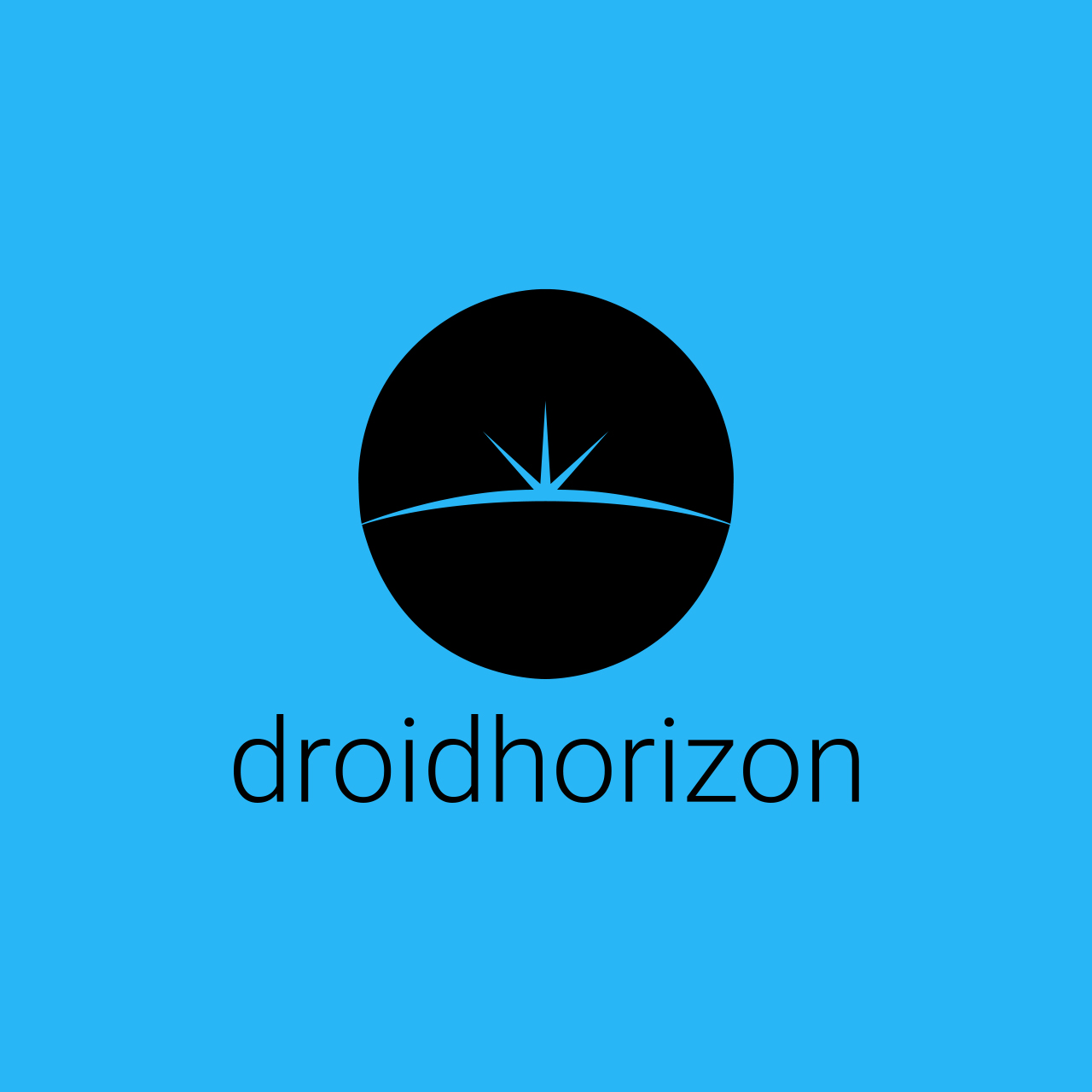When Google’s second generation Pixel 2 was launched, it was referred to in some quarters as “an iPhone for Android” lovers.
While this handset was largely well received and has benefited significantly by receiving Android updates ahead of its major rivals, even the most ardent fan would accept that there remains room for improvement when the Pixel 3 model is released in the autumn.
Make no mistake; while the Pixel 3 will look a lot like its predecessor, we’re expecting to see a number of considerable improvements relating to design and functionality.
Here’s a snippet of the key features we’d like to see:
A Customisable Active Edge
While the Active Edge feature became a popular component of the Pixel 2 and the Pixel 2 XL, it was one-dimensional and lacked the scope for customisation. So, while it allowed you to squeeze the sides of the handset to activate Google Assistant, it could not be remapped or adjusted to suit different users.
This was not a significant issue at the time, but since then the HTC U11 has launched a similar feature that can be customised to act intuitively across a range of difference scenarios.This means that at in addition to activating the Google Assistant, Active Edge could also take a photo if your squeeze the edges of your handset when using the camera app. Similarly, you’d be able to add functions and utilise Active Edge as a shortcut to desired apps, which would boost ease-of-use and make the handset a genuine winner in our eyes.
Improved Camera Software
While the integration of Google’s Visual Core enabled HRD+ and breathed life into the single-lens, Pixel 2 camera, there was still room to improve the underlying software. One of the key things we’d like to see in the Pixel 3 is the introduction of gesture controls, which would allow for timed photographs and enable users to switch seamlessly between alternative modes. The latter feature is already evident with Samsung’s Galaxy S9, which makes it easy for you to move between main and selfie cameras with a single swipe.
This represents a small but potentially significant tweak, and one that have a significant impact in the smartphone market. After all, gesture controls are increasingly commonplace, as users are becoming accustomed to completed a growing range of actions by swiping their touchscreens.
The Introduction of Wireless Charging
If you were to browse a leading smartphone distributor such as fonehouse, you’d note that the vast majority of handsets that you see feature wireless charging.
This includes the iPhone X, Samsung’s Galaxy S9 and a host of LG models, but one handset noticeable by its absence is Google’s own Pixel 2. This was one of the big criticisms of the Pixel 2 when it was initially released, as fans were surprised and disappointed to see that this feature was emitted by Google’s design time. Sure, the phone offers reasonable battery life and supports fast charging, but this is scarcely enough in a market that grows increasingly crowded and competitive by the day. While it has yet to be confirmed, we fully expect that the Pixel 3 model will support wireless charging, otherwise Google risks losing ground to its rivals. Even Apple have now emerged as late adopters of this technology, with the upcoming iPhone XI certain to feature this as a key design focal point.
The Return of the Headphone Jack
Google’s relationship with the traditional headphone jack has been a strange one, as while it vociferously criticised Apple for ditching this feature it subsequently followed suit when designing the Pixel 2. It’s fair to say that this move did not go down well with customers, which is why other Android headsets such as the upcoming OnePlus 6 have retained this feature. As a result, it would make sense for Google to reverse this decision when designing and manufacturing the Pixel 3, in order to give users what they want afford themselves a small, competitive edge in the market.
Of course, we understand that the classic headphone jack will gradually become a thing of the past as a growing number of smartphone brands remove this port. Timing is everything, however, and for now Google may be better served by restoring the headphone jack while planning for its removal further down the line.





